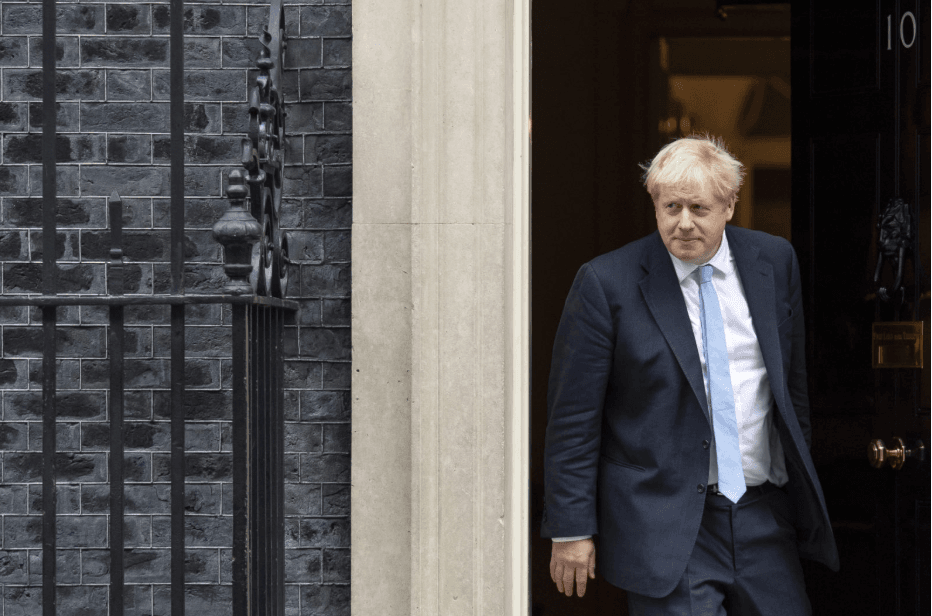
The EU and the UK Government have have finally reached a Brexit deal. Parliament European Commission President Jean-Claude Juncker and UK Prime Minister Boris Johnson have confirmed that the EU and UK negotiators have reached an agreement on a deal which, if fully ratified, would allow the UK to leave the EU and enter into a transition period during which details of the future trading relationship will be addressed. At the time of writing, the full terms of the deal are unclear, and the length of the proposed transition period unknown.
The process from now is at it follows. Once the European Council ratify the new agreement it will go to both European and UK Parliament, which will have to agree on its terms. Mr Juncker has recommended that the 27 EU heads of state endorse the new deal at their summit over the next two days, and assuming they do, it will then be up to the EU and UK Parliaments to determine whether it is ratified, and the UK’s orderly exit from the EU thus confirmed.
However the a deal is now closer than ever, Head of UK Rates Strategy at UBS AG John Wraith believes that a short technical extension will be still needed. “With just two weeks until the agreed extension to the Article 50 process reaches its deadline, the necessary steps to approve the deal and legally ratify and cement it may require a short technical extension.”
Mr Wraith’s concerns also extend to UK Parliamentary arithmetic, which remains a major stumbling block. As the agreement was announced, there were mixed messages about whether the Northern Irish DUP had agreed to support the deal if and when it is put before the UK Parliament. “If they do so, the Government will be hopeful of winning sufficient support for the deal to be approved, but failure to win the DUP’s backing – probably deterring a number of Conservative MPs from supporting the Government – means the deal may fall short in the UK Parliament as Theresa May’s earlier version did three times,” Mr Wraith points out.
Possibility of confirmatory referendum which would delay exit also raises doubts at this moment. There is also expected to be a proposed amendment to the deal demanding it is put to a confirmatory referendum before it is approved. If the amendment is carried, the UK’s exit date would have to be delayed by several months at least to allow the referendum to be held. There would be pronounced uncertainty about what questions would be posed in a referendum (advocates of a Hard Brexit would insist that leaving with no deal was an option as well as leaving with the new deal, or remaining).
Duration of the transition period will determine length and extent of any relief
Recent volatile market price action as speculation over whether or not a deal would be reached has ebbed and flowed makes clear that full ratification and an orderly exit into a transition period would be greeted with a stronger pound and higher short- and medium-dated UK yields.
“However, we cautioned in our recent Q Series note focusing on the full array of possible Brexit developments that this outcome is a Middle Ground scenario, and that many doubts and difficulties will lie ahead in trying to agree the details of the long-term future relationship. Our central forecast was for the UK to leave with a deal after an extension to the end of January 2020 was agreed. Today’s news – if it translates into an exit at (or close to) the end of October – would pull our forecasts three months earlier, and if the deal were to make it onto the statue books in short order, we would revise our 10y Gilt forecast for the end of 2019 from 0.25% to 0.50% (currently our forecast for 2020 and 2021), all else being equal,” the Head of UK Rates Strategy at UBS AG adds.
Likewise, John Wraith still expect the MPC to cut in May 2020 despite this news. “We reiterate our view that even if the UK leaves the EU with a deal, we expect the MPC to cut Bank rate from 0.75% to 0.50% in May 2020. Initial relief should soon give way to renewed uncertainty headwinds as negotiations restart and attention turns to the future relationship, while the softer global backdrop and early signs of the UK labour market losing momentum also argue for easier policy, deal or no deal.”
Read More:
business development manager skills
how to handle online loan harassment
how to get personal loans with income verification?
Tradersdna is a leading digital and social media platform for traders and investors. Tradersdna offers premiere resources for trading and investing education, digital resources for personal finance, market analysis and free trading guides. More about TradersDNA Features: What Does It Take to Become an Aggressive Trader? | Everything You Need to Know About White Label Trading Software | Advantages of Automated Forex Trading


































